
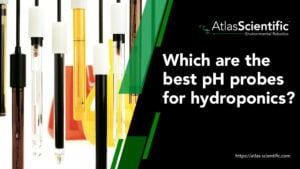
Best pH Probes For Hydroponics in 2025 – A Complete Buying Guide
Finding the best pH probe for hydroponics can make or break your growing success. In hydroponics, maintaining the correct pH is essential because it directly
# Type at least 1 character to search # Hit enter to search or ESC to close

No products in the cart.

No products in the cart.
Product Categories

Some of the practices that can be carried out include but are not limited to the regular removal of organic debris from the pond, the introduction of aquatic plants for nutrient absorption and oxygenation, and the addition of beneficial bacteria to break down waste. Constant pH, temperature, and oxygen level checks also assist in keeping the pond’s ecosystem balanced.
Taking care of your pond so that it remains a healthy and vibrant ecosystem is more than just a hobby for the weekend; rather, it is an effort to foster nature in your backyard. The question of how to improve the quality of water in a pond can lead you through a maze of complicated solutions but, actually, it’s less difficult than you might think. By combining regular maintenance with understanding its ecological balance, one can have his or her pond clean and thriving. Fish, plants as well as millions of micro-organisms such as zooplankton found in the waters are some inhabitants that would be affected by this.
This article will dive into various strategies for pond maintenance from basic ecosystem dynamics to advanced ways of maintaining pristine water quality. Whether you are dealing with common issues regarding water conditions, or looking out for natural methods which may enhance your lake’s health – there is wealth to learn. Keeping your pond clean not only enhances its beauty but also sustains the life contained within it.
To manage and understand pond ecosystem dynamics effectively, both living (biotic) and non-living (abiotic) components within the pond environment need to be considered.
Fish Management: Maintain balanced fish populations to avoid excess nutrient growth resulting from fish waste; keep one inch of fish per square foot of pond surface to control algae growth driven by fish waste.
Plant Life: Introduce plants like water lilies and anacharis that absorb nutrients and shade the water thereby controlling algae bloom. Cattails offer bank stability and wildlife refuge among other services.

Ecosystem Balance: Maintaining good water quality depends on microbial processes, wildlife population, and types, in addition to species composition.
Nutrients and Oxygen: Prevent algal overgrowth by maintaining equilibrium levels of nitrogen and phosphorus concentrations within water bodies. The biological filtration method decomposes toxic substances that can maintain dissolved oxygen critical for aquatic life.
Light and Temperature: Sunlight powers photosynthesis needed for plant energy generation. Pond productivity is influenced by temperature which influences metabolic rates of aquatic organisms.
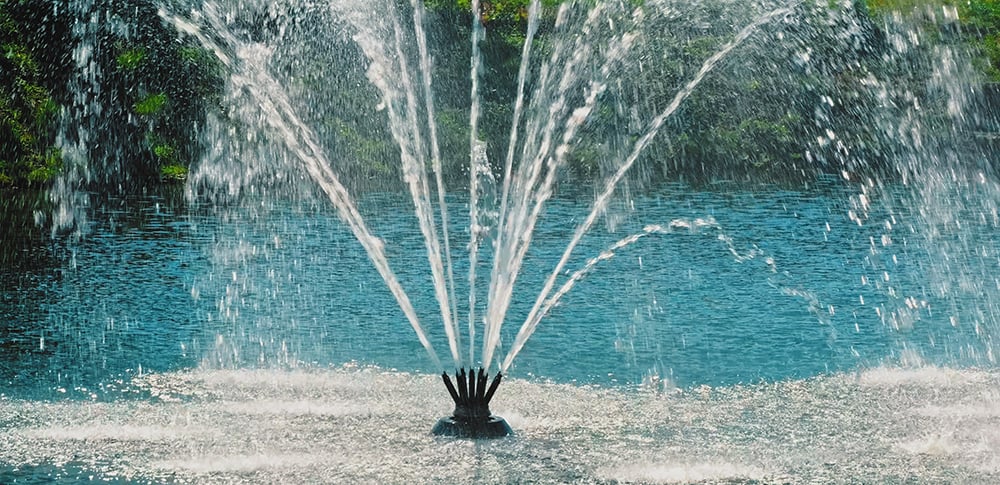
Water Movement: Minimal or no circulation makes ponds stagnant, hence it may result in low oxygen levels and algae blooms, among other possible issues. Techniques such as aeration are used to increase the levels of DO and speed up decomposition thereby improving water quality.
Understanding these dynamics allows for targeted interventions to improve pond water quality, focusing on both preventing issues and actively managing the ecosystem components.
For an ecosystem to remain healthy, it’s important to be able to identify common water quality issues happening in your pond. Here is a breakdown of some key parameters to monitor:
It is necessary that pH should regularly be tested and adjusted to create suitable conditions for aquatic organisms living there. The optimum pH range is 7.2- 7.8 with ideal pH values between 6.8 – 8.5; so most importantly always adjust the pH accordingly when it’s found out that your pond has high pH levels because this would result in massive growth of algae.
Fish health as well as pond productivity generally depends upon having adequate dissolved oxygen concentrations in the waters all the time. It’s good if you have more than 4 ppm of O2 concentration within your fishponds but it shouldn’t be less than four ppm because lower DO levels can cause stress where fish will stop eating their feed, become prone to diseases, and slow down their metabolism.
Aquatic plants and algae can grow excessively because of the excess nutrients that come from sources such as fertilizers and animal excreta. Thus, regular partial water changes will be beneficial in eliminating nitrates and other organic compounds as a way of reducing this problem.
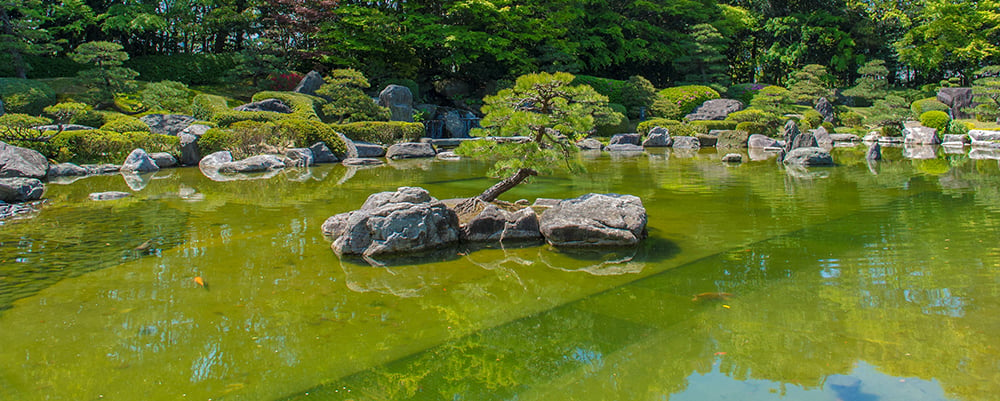
The pond’s water quality should be checked for these aspects from time to time so that any anomaly is detected before things get out of hand to sustain its thriving ecosystem.
Ensuring that your pond maintains optimal water quality is essential through integrating regular monitoring and maintenance strategies. Here’s how to incorporate this into your daily routine:
Firstly, always remember to regularly clean your pond; get rid of dirt together with other unnecessary substances from the vicinity of the pool. Regularly clear away any leaves, twigs, fish waste, and leftover foods to prevent ammonia spikes. In autumn we recommend placing a leaf net over your pond to keep falling leaves out of the pond.
Every 7 -10 days make partial water changes by adding 20-30cm of water each time which will help in purifying and refreshing the pond as well. Additionally, operate oxygenation equipment during peak growing seasons to boost dissolved oxygen levels and implement an effective filter system offering mechanical, aerobic biological, and anaerobic biological filtration.
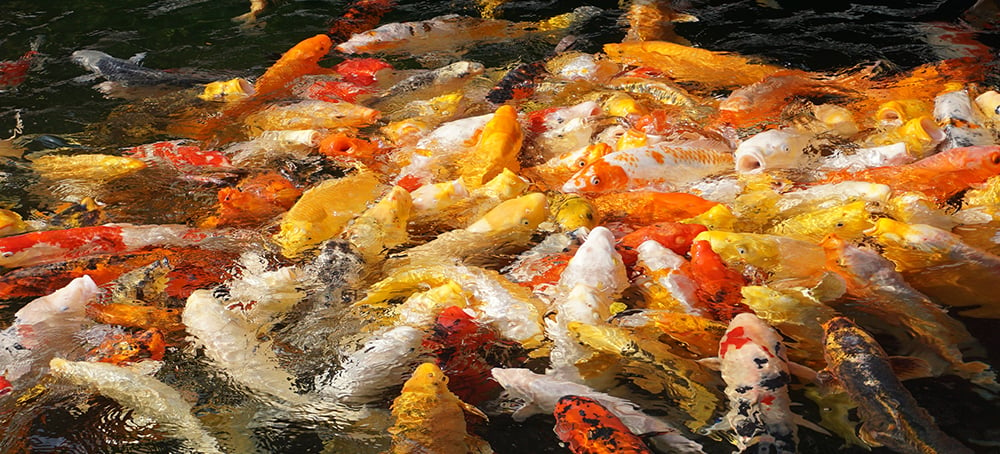
You should also consider nutrient control as well as population control in your backyard pond. Encourage residents to practice proper disposal of waste rich in nutrients while reducing their reliance on fertilizers. Keep a balanced number of fish in terms of numbers per area so as not to overcrowd them or produce too much waste; there should not be more than 10 inches of fish per 100 gallons of water used for fish farming purposes. You must also feed them no more than twice a day or until they consume all within two minutes otherwise it will lead to overfeeding.
If you adhere to these guidelines religiously, you have a high chance of maintaining a clean, healthy, and vibrant pond ecosystem!
By including some natural solutions in your regular maintenance regime, you can greatly improve water quality in an environmentally friendly way that suits you best. The following are ways through which these can be implemented effectively:
Maintain optimum conditions by increasing both physical and biological filtration. This helps to clear the water and also makes it possible for harmful substances to be broken down faster.
Introduce different kinds of aquatic plants that eat up diverse types of nitrates thereby preventing the growth of algae while enriching the ecosystem of a pond.
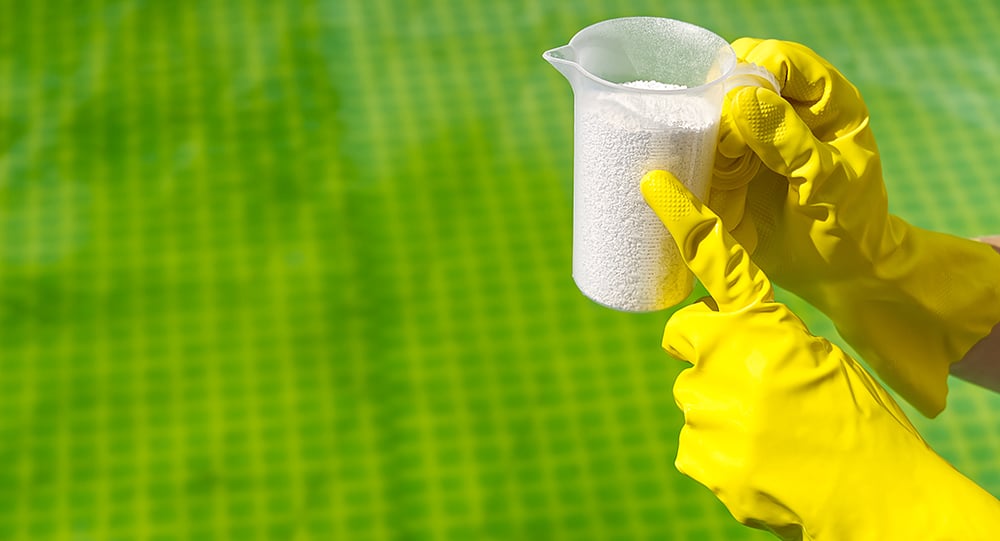
When managing the level of nutrients, consider either mechanically taking out mucky nutrients using a hydro-rake or biologically with specific bacteria. Substances such as bentonite clay or aluminum sulfate can assist in binding with nutrients in the water, thus keeping levels under control effectively.
Develop an effective shoreline by using bioengineered solutions and planting native grasses and flowering plants which will help absorb pollutants therefore no excessive nutrient growth.
In addition to being aesthetically appealing, adding a floating fountain allows for circulation throughout the entire body of water since it increases dissolved oxygen levels.
Exploring advanced methods of enhancing water quality is a complex approach that focuses on innovative technologies and traditional approaches refined for modern applications. The following are ways through which you can raise the standard of your pond’s water significantly.
The AIWPS employs a series consisting of at least four ponds in line, these include advanced facultative Ponds, algae settling ponds, high-rate ponds, and maturation ponds to deal with wastewater effectively.
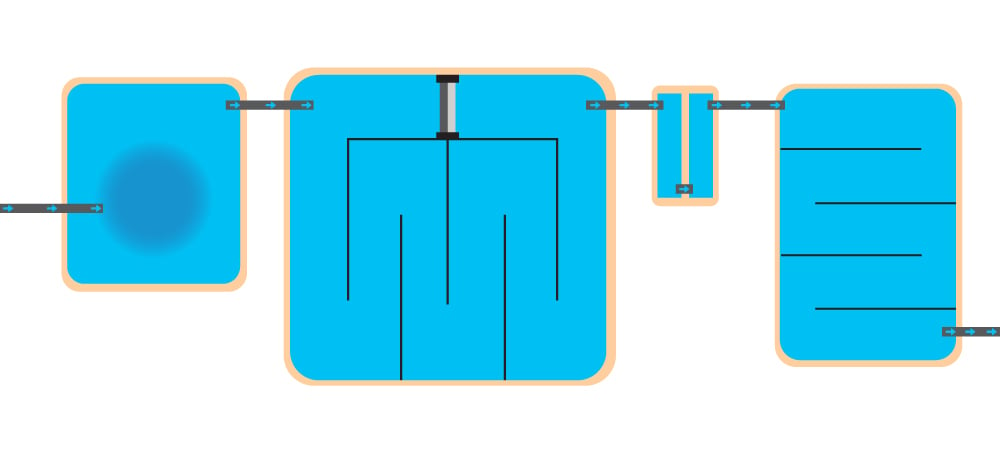
It is an environmentally friendly technique where AIWPS allows pollutants to be removed from the water via sedimentation, decomposition by bacteria, and oxygenation by algae over time.
These are mixtures designed to absorb carbon, potassium, and phosphorous more rapidly thus reducing organic loads; they lead to increased clarity and better health in all aquatic environments.
To reduce the levels of nutrients responsible for deterioration in water quality, particularly algal blooms have been observed as common problems associated with this type of environment
Simplicity, cost-effectiveness, and low maintenance have made them popular with many people. They are versatile systems that are highly effective for treating wastewater which makes them suitable for improving the quality of water in a pond.
The natural treatment efficiency of WSPs comes about through the interplay amongst the activities carried out by algae and bacteria within such ponds leading to reduced pollution levels as well as better general ecosystem health.
Understanding how different parts work together is important to keep your pond’s water fresh. Besides understanding how ponds function as ecosystems and identifying common problems about water; there must be routine monitoring, up keeping plus implementation of eco-friendly solutions; hence not only addressing existing issues but also avoiding any future problems. This ensures that the pond will stay in good health for its inhabitants and those who appreciate it as it is a balanced and healthy living ecosystem.
Remember, maintaining a pond is a continuous process that calls for patience, commitment, humility, and willingness to learn new things. By following these tips you are not just keeping your water quality up; you are creating an ecosystem that preserves the natural beauty of your home’s surroundings.
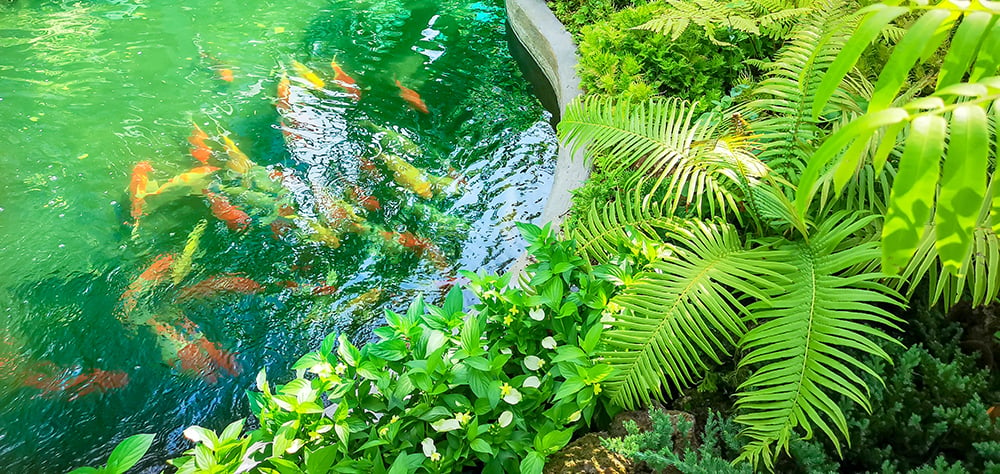
If you have any questions about improving the water quality in your pond or what water quality kits we have to offer, please feel free to get in touch with our team at Atlas Scientific.






Finding the best pH probe for hydroponics can make or break your growing success. In hydroponics, maintaining the correct pH is essential because it directly
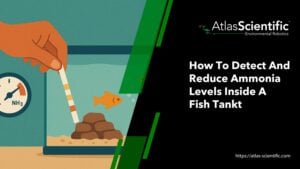
The fastest way to reduce ammonia levels in a fish tank is to perform partial water changes, temporarily stop feeding fish, use chemical filtration, increase
Notifications